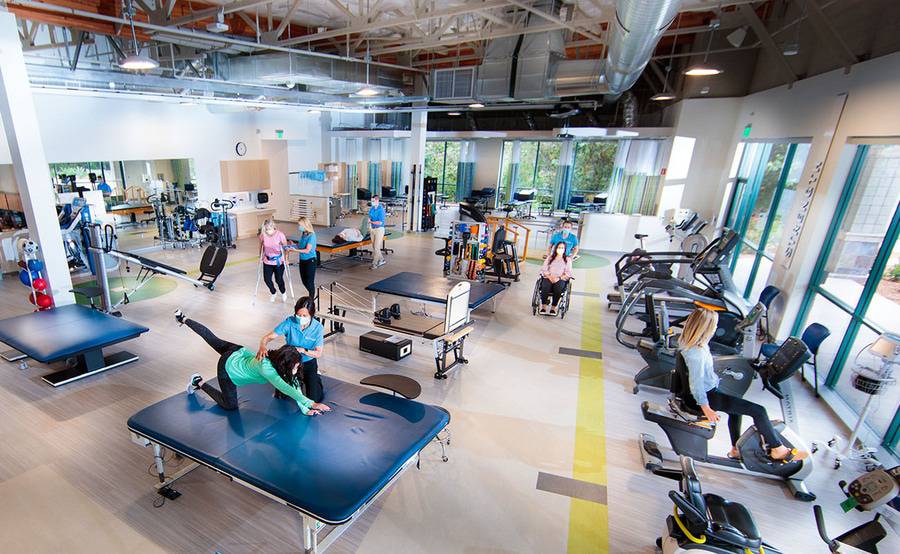One frequent method used in physical is therapeutic activity. This involves targeted movements and activities that assist build muscles, enhance range of motion, and increase endurance. For example, a client rehabilitating from knee operation may engage in exercises that focus on restoring strength in the leg muscle groups. These activities are carefully selected based on the individual’s condition and objectives. By incrementally increasing the difficulty and complexity of the exercises, physiotherapy therapists can assist clients regain their strength and movement over a period.

Another important technique is hands-on therapy, which comprises physical methods to adjust the body’s tender muscles and articulations. This can involve stretching, joint movement, and massage. Hands-on therapy aims to alleviate pain, minimize swelling, and enhance circulation. For example, a practitioner may use light pressure to relieve tension in stiff muscles or to assist a joint function more freely. This method is often integrated with other treatments to improve recovery and encourage healing. Clients often find manual treatment to be a relaxing and beneficial way to manage their pain.
In addition to workouts and manual treatment, education plays a vital role in physiotherapy. Therapists instruct patients about their issues and how to manage them efficiently. This may include advice on proper alignment, body movements, and techniques to avoid future traumas. For example, a practitioner might show a client how to lift weighty objects properly to avoid injuring their back. By enabling clients with understanding, physical practitioners help them assume an engaged role in their rehabilitation and encourage sustained health and fitness.
Finally, technology is progressively being incorporated into physical methods. Devices such as ultrasound, electrotherapy stimulation, and immersive environments can enhance conventional treatment approaches. These technologies can assist reduce discomfort, encourage healing, and offer engaging ways for clients to participate in their recovery. For instance, virtual reality can generate immersive environments for clients to practice actions in a controlled and protected environment. As technology continues to develop, it offers exciting opportunities for improving recovery results in physical.
In conclusion, physiotherapy encompasses a range of methods that work in unison to support rehabilitation and rehabilitation. Through rehabilitative exercises, manual treatment, patient instruction, and the use of technology, physiotherapy therapists provide holistic treatment customized to each individual’s requirements. This comprehensive approach not only helps clients regain their physical capabilities but also empowers them to maintain their well-being in the long run. As an increasing number of people recognize the benefits of physical, it remains to serve a crucial part in go now the journey toward enhanced well-being and well-being.